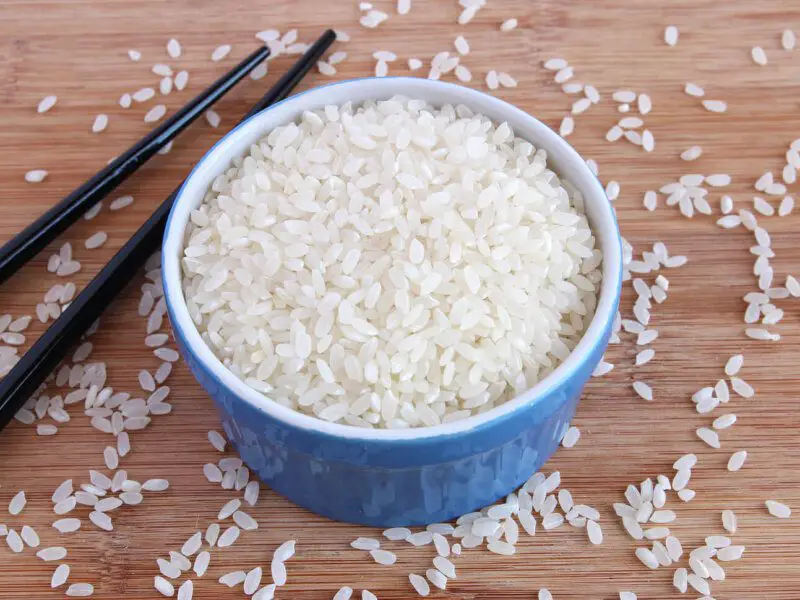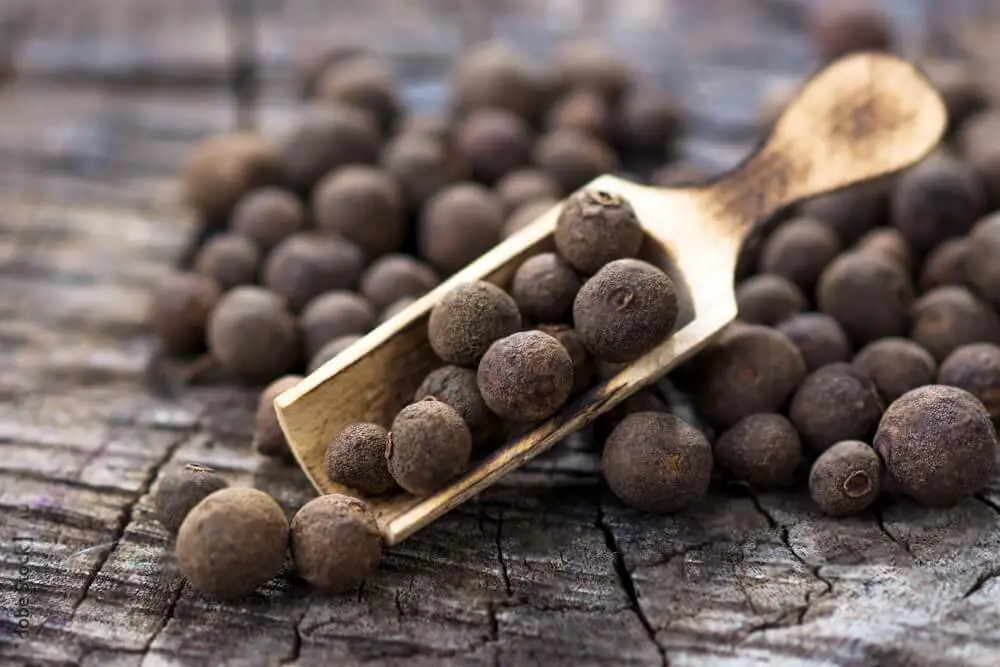Are you ready for a culinary showdown like no other? We’re pitting two rice varieties against each other in the ultimate grainy face-off! In one corner, we have the California-born, slightly sticky, and versatile Calrose rice. In the other corner, we’ve got the aromatic, long-grained superstar from the Indian subcontinent, Basmati rice. It’s “Calrose Rice vs. Basmati Rice,” and we’re about to reveal which one deserves the top spot in your pantry.
What is Calrose rice?
Calrose rice, born and bred in sunny California, is a true contender for your rice-loving heart. This medium-grain beauty has made quite a name for itself since the 1940s, thanks to the Rice Experiment Station in the Golden State.
Grain Game: Stickiness and Versatility
Calrose rice brings a unique stickiness to the table. When cooked, its grains become slightly sticky, which is just what you need for sushi rolls or dishes that require a little rice molding. Imagine rolling up those delectable sushi bites without the rice grains falling apart – that’s where Calrose shines.
Grown Far and Wide
While California is its homeland, Calrose rice has spread its roots to other rice-friendly parts of the world, including the land down under, Australia. It thrives wherever growing conditions are favorable.
Starch Superstar
Here’s the secret to Calrose’s stickiness: it’s all about the starch, baby. Calrose rice boasts a high content of amylopectin starch. This high-starch content makes its grains stick together, creating that lovely, almost creamy texture we adore.
Versatility Rules
Calrose rice isn’t picky about the dishes it plays in. You can find it in soups, salads, and stir-fries, and it’s just as comfortable cozying up to a sauce as it is rolling up in a sushi roll. Its mild flavor makes it the perfect canvas to absorb the flavors of the ingredients it’s paired with.
What is basmati rice?
From the farmlands of India and Pakistan comes Basmati rice, a true grain virtuoso that has taken over the world with its fragrance and elegance.
Grain Game: Fluffy and Fragrant
Basmati rice is famous for its long, slender grains that remain separate when cooked. No stickiness here! The grains are dry and independent, creating a delightful, fluffy texture. Plus, they’re not just fluffy; they’re fragrant, with a delightful nutty flavor and a hint of floral aroma that’s oh-so-inviting.
Culinary Chameleon
Basmati rice isn’t content with just one role. It’s a versatile player in the kitchen, starring in Indian, Pakistani, and Middle Eastern cuisines. You can serve it as a main dish, a side dish, or include it in pilafs and salads. Pair it with curry, and watch the magic happen. Basmati plays well with a variety of sauces, too.
Nutrient Bonus
If you’re looking for a rice with added health benefits, Basmati has you covered. It has a lower glycemic index rating, which means it won’t send your blood sugar levels on a rollercoaster ride. Plus, it packs a punch in the nutrition department, offering vitamins and minerals to fuel your body.
Brown vs. White Basmati Rice: The Extra Round
But wait, there’s more! We’re diving into an extra round – the battle between brown and white Basmati rice.
The Color Clash
The color difference between brown and white Basmati rice tells a story of processing. White Basmati is the more processed sibling, while brown Basmati retains its bran layer, giving it a natural, earthy hue.
Nutritional Showdown
Brown Basmati rice takes the nutrition crown. Thanks to its minimal processing, it retains more nutrients. White Basmati, while more aromatic and quicker to cook, loses out in the nutrient department.
There you have it, folks! The showdown between Calrose rice and Basmati rice has revealed their unique qualities. Calrose is your go-to for stickiness and versatility, perfect for sushi and more. Basmati, on the other hand, brings a fragrant, fluffy elegance to your table and offers some extra health benefits. And in the battle of brown vs. white Basmati rice, the nutritional edge goes to brown, while white takes the prize for aroma and convenience.
The choice is yours. Will you go for the California-born contender or the fragrant virtuoso from the East? It’s “Calrose Rice vs. Basmati Rice,” and the winner is your taste buds!



